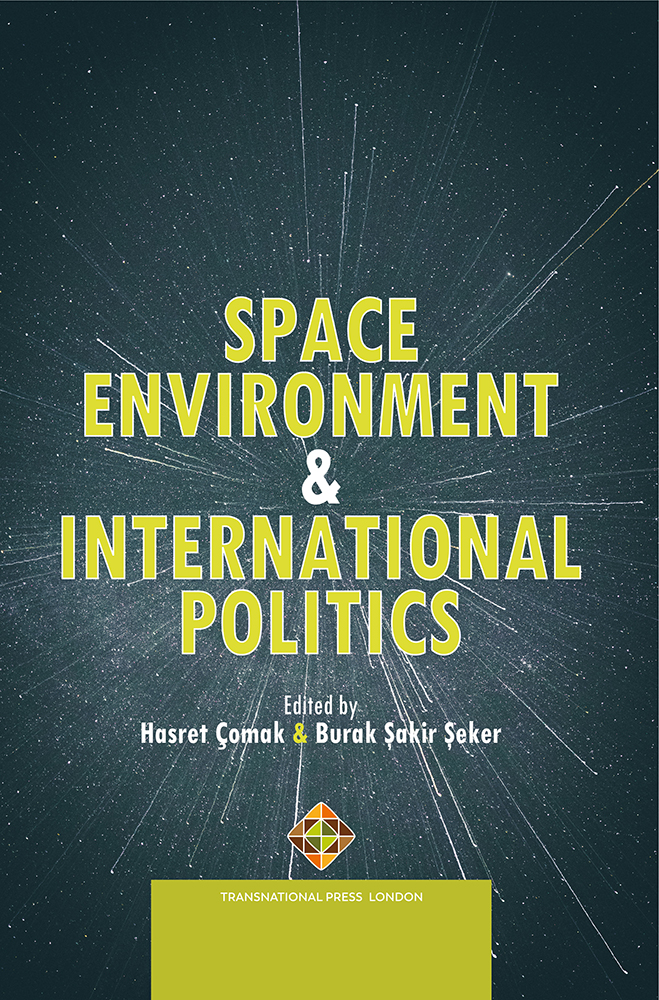Space Negotiations Through The Lenses of International Law
Space Negotiations Through The Lenses of International Law
Author(s): Öncel Sençerman
Subject(s): International Law
Published by: Transnational Press London
Keywords: Space; Negotiations; Through; International Law;
Summary/Abstract: Reaching the outer space and travel to the moon had not only taken the interest of science-fiction authors of the 19th century like Jules Verne, but also of the people starting from the ancient times, and of the states later in the 20th century. Nazi Germany’s success in rocket science before the Second World War (WWII) and in their using V-rockets during the war drew the attention of the world powers of the time. The triumphant powers of the WWII like the United States of America (USA) and the Union of Soviet Socialist Republics (USSR) paid great importance into rocket science to improve their ballistic missile capacities for a world hegemony in the bipolarity of the world politics. The efforts for developing and improving the missile capacities of these two major states paved the way for further other developments in space science, which resulted in developing the necessary technology to reach the outer space. The competitive rivals, the USA and USSR, were focusing their scientific and military energies on space issues mostly like surveillance over the rival’s territories for spying activities in particular. The Soviet Union was the first to launch a satellite, the Sputnik, orbiting the Earth in 1957. The Sputnik was just the beginning. The later developments like sending the first human being, Yuri Gagarin the cosmonaut of the USSR, into the outer space in 1961 and the American astronaut Neil Armstrong’s first step on the moon in 1969 became important milestones in the historical achievements of the humankind in outer space.
Book: Space Environment and International Politics
- Page Range: 37-54
- Page Count: 18
- Publication Year: 2024
- Language: English
- Content File-PDF

